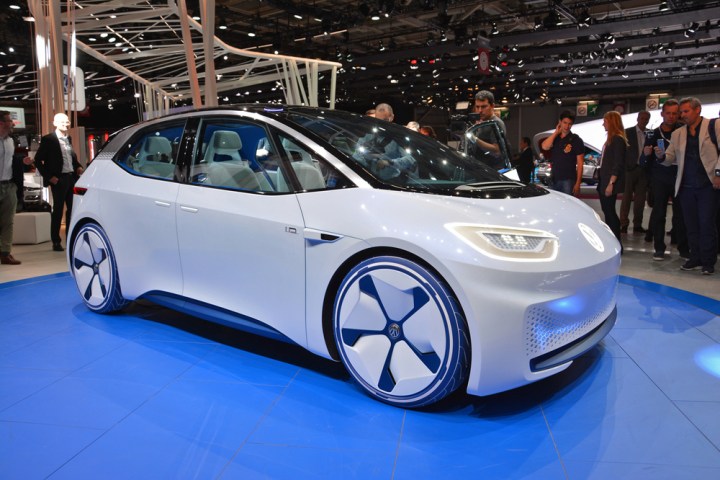
“A great deal has changed at Volkswagen over the last 12 months. We want to harness this momentum. We are therefore making the new mobility services business field our 13th Group brand,” revealed company boss Matthias Müller during an event held recently in Paris.
The 13th brand is based in Berlin. It hasn’t been given a name yet, but it’s already developing ride-hailing services with partner Gett. It’s also working on shuttle services and car-sharing programs that will be owned and operated directly by Volkswagen. Mobility is a fast-moving field so it’s difficult to predict that the future has in store, but Volkswagen affirms that it’s not short on ideas.
Müller pointed out the company hasn’t ruled out operating its own fleet of autonomous shuttles as soon as the technology is ready for mass-production. Additionally, the 13th brand will work with Volkswagen’s existing divisions to improve the infrastructure required for the widespread adoption of electric vehicles.
Volkswagen hopes its 13th brand will be one of the leading providers of urban mobility services in the world, and the all-out leader in Europe. On our shores, the brand’s most direct competitor will be Maven, an alliance between General Motors and Lyft. Ford and Paris-based PSA Peugeot-Citroën have both announced plans to make significant investments in mobility in the coming years.
“In the future, many people will no longer own a car. But they can all be Volkswagen customers in one way or another because we will serve a much broader concept of mobility than is the case today,” Müller summed up.
We’ll find out more information about Volkswagen’s 13th brand — including what it’s called and how it will operate — next month.



